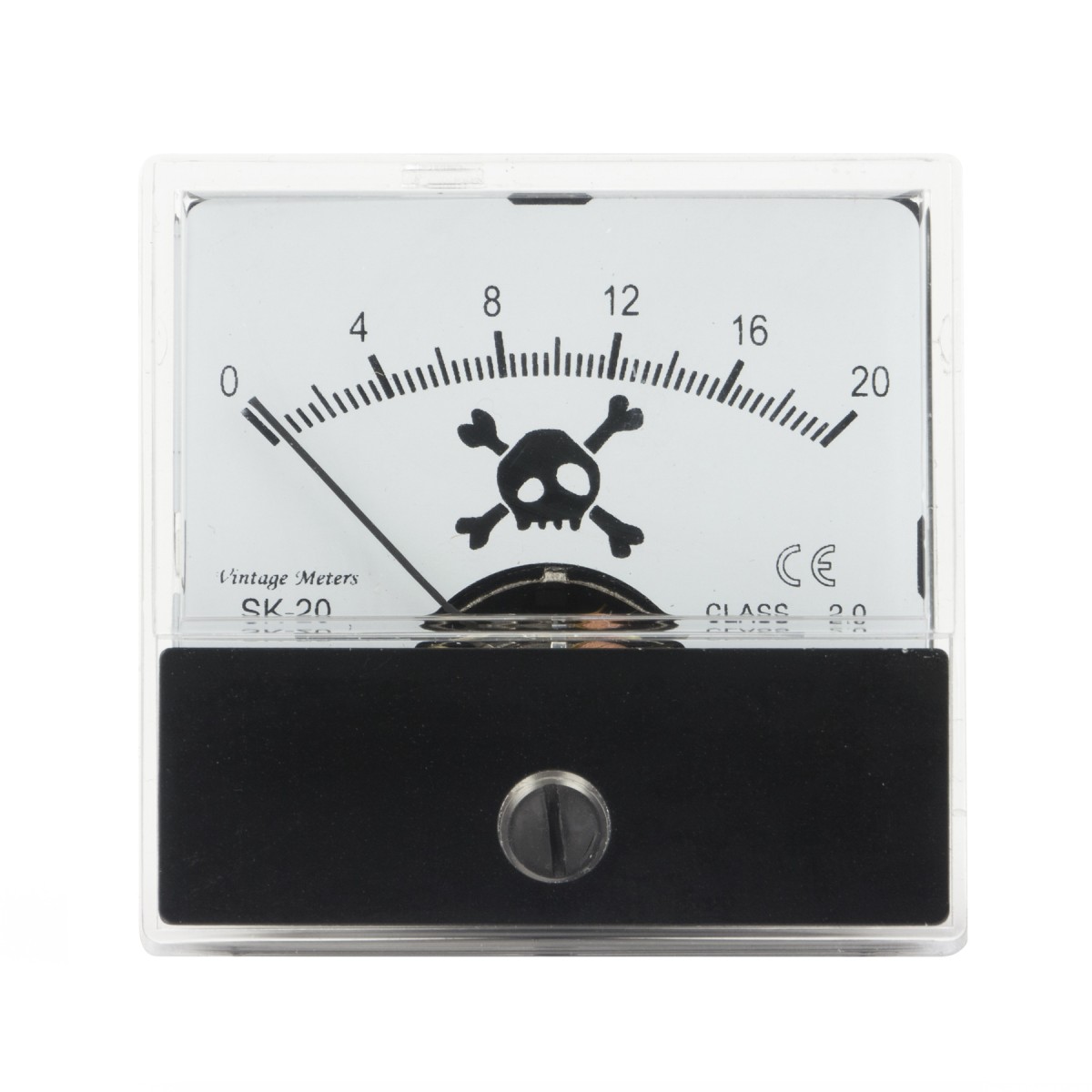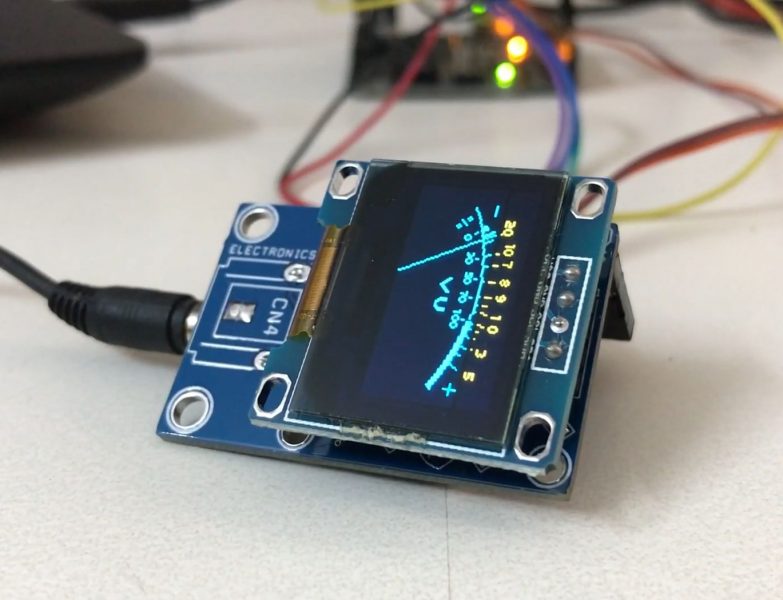

Accurate Perception: The VU meter provides a more accurate representation of volume as perceived by human ears, allowing you to achieve a balanced mix that resonates with listeners.Understanding both sides of the coin will help you make informed decisions about incorporating this tool into your workflow. Now, let’s explore the advantages and disadvantages of using a VU meter in audio mixing. Advantages and disadvantages of using a VU meter By using the VU meter, you can find the optimal level for analog-based mixing tools and truly unleash their potential. Ah, the warm tones and juicy goodness! But how do you find that sweet spot where everything sounds just right? Well, my friend, the VU meter can be your trusty guide. Now, picture this: you’re in the studio, surrounded by vintage gear, and you’re working your magic on an analog mixing console. Image Of Vu Meters In A Mixing Console Unsplash By analyzing their levels and comparing them to your own mix, you can make adjustments to achieve that sweet, polished sound.
AUDIO VU METER PRO
Don’t fret, my friend! The VU meter can be your secret weapon to match the volume of those pro tracks. Imagine you’ve got this killer mix, but it just doesn’t quite measure up to your favorite reference tracks.

Make the chorus slightly louder than the verseĭon’t stick to this rule rigidly-the song’s energy should dictate the volume Use the VU meter as a guide to achieve balanced volume in your mixĭon’t obsess over hitting the exact number Just like Quentin Tarantino might flip the script and do something unconventional in his movies, you can do the same with your music. If your verse is more energetic than your chorus, then by all means, make it louder. That being said, there’s no hard and fast rule here. But remember, dynamics aren’t just about volume-it’s about the energy and emotion of your song. It’s the ‘WOW’ factor that makes your listeners sit up and take notice. In fact, the chorus of your track should be slightly louder than the verse by about 2-4 dB. Just like a rollercoaster ride, a good song has ups and downs. Sweet! But now you’re probably wondering, “Does that mean the whole song stays at the same volume?” Well, my friend, it’s time to delve into the dynamics. Okay, so you’ve got your mix dialed in at -18 dBFS. Should the volume of different parts of a song vary when using a VU meter? The VU meter is there to guide you, but it’s not the be-all and end-all. Remember, your ears are the ultimate judge, so if something sounds off, it probably is. Consider it as the ‘Goldilocks zone’ for your mix, like that perfect middle ground on a seesaw, where both sides are balanced, and you’re not flying off into the sandpit. The sweet spot is not just a number, but the perfect blend of all elements in your mix.īut why -18 dBFS, you might ask? It’s because this level keeps your audio healthy-it won’t get distorted or too quiet. And in the audio world, ‘just right’ is around -18 dBFS on your VU meter. You don’t want your track to be too loud or too soft-it has to be just right. The same principle applies to audio mixing. Why? To make sure it’s all balanced and delicious. You add a pinch of this and a dash of that, tasting along the way.
AUDIO VU METER MOVIE
Think of your favorite epic movie scene – yeah, that’s the power of volume dynamics! What is the ‘sweet spot’ when using a VU meter? The VU meter can guide you to create dynamic contrast between different parts of a song, much like how a film director uses quiet and loud scenes for dramatic effect. In music, volume can make or break the energy and emotion of your track. Volume isn’t just about keeping your neighbors from banging on your walls. But here’s the clincher: the average level of your track should hover around -18 dBFS, and the VU meter is your best buddy in hitting that sweet spot.
AUDIO VU METER FULL
If you’re new to audio engineering, you might have come across the term ‘dBFS.’ It stands for decibels relative to full scale, which is a unit of measurement for audio levels in the digital domain.

Why does a VU meter matter in music production?


 0 kommentar(er)
0 kommentar(er)
